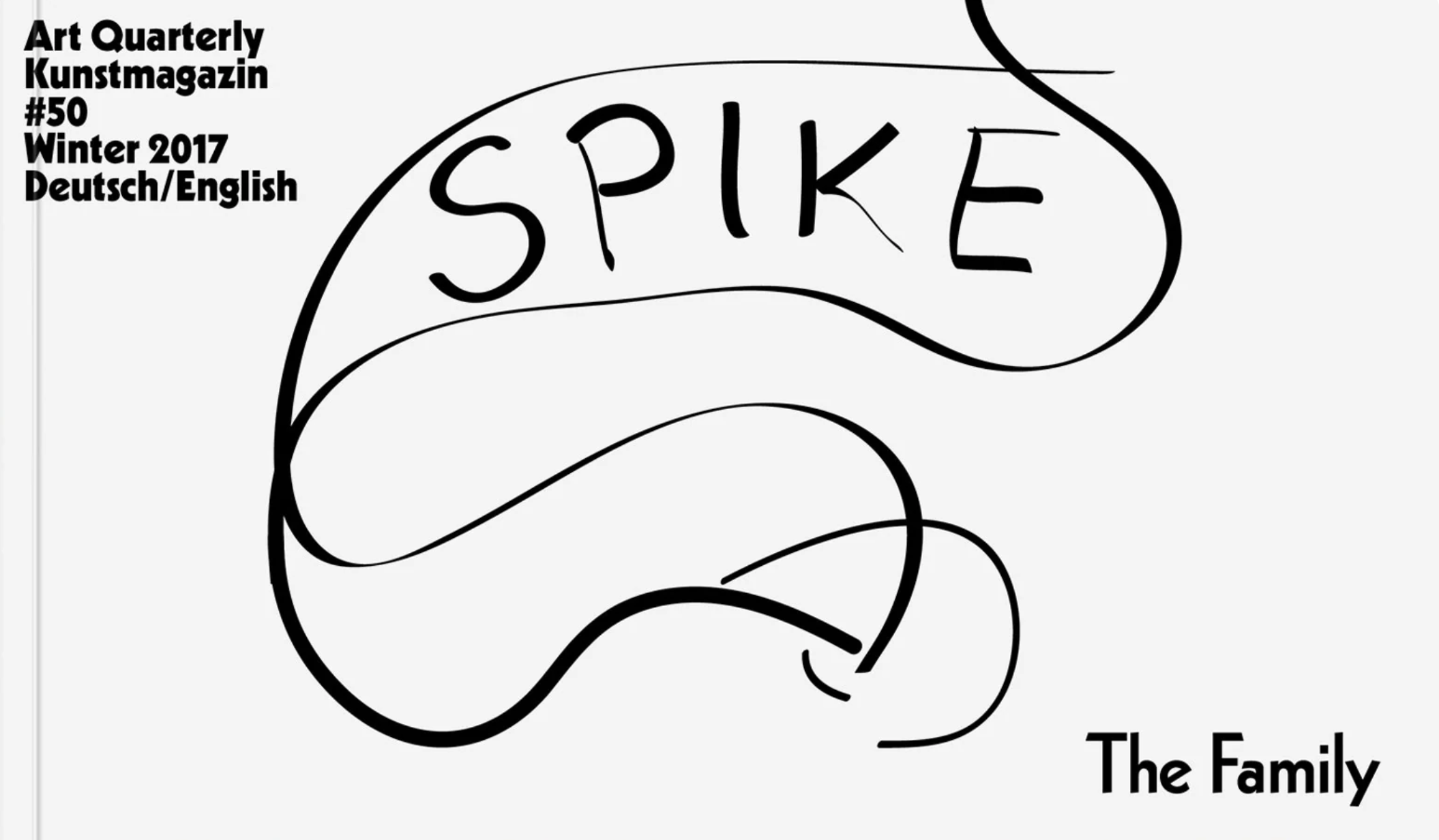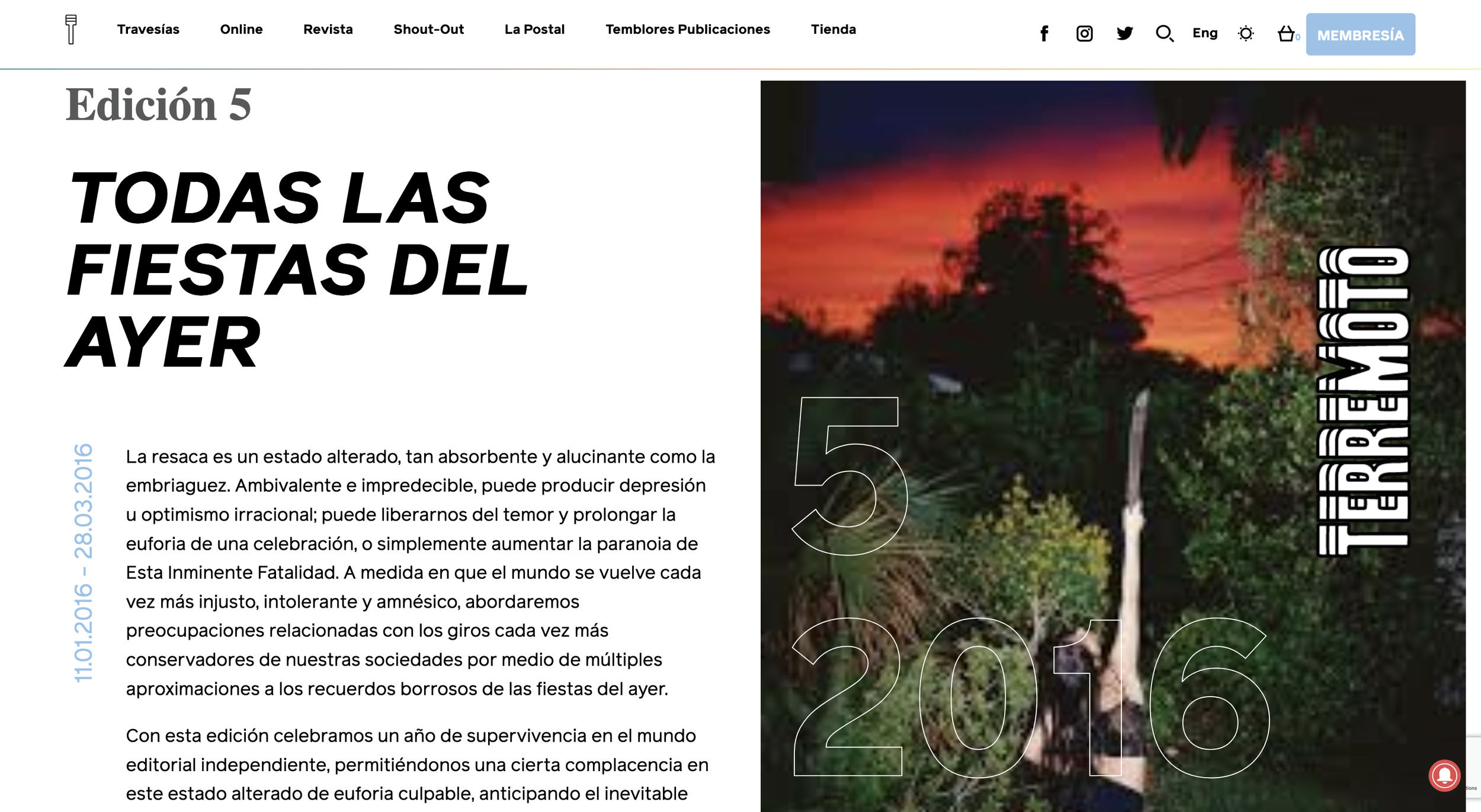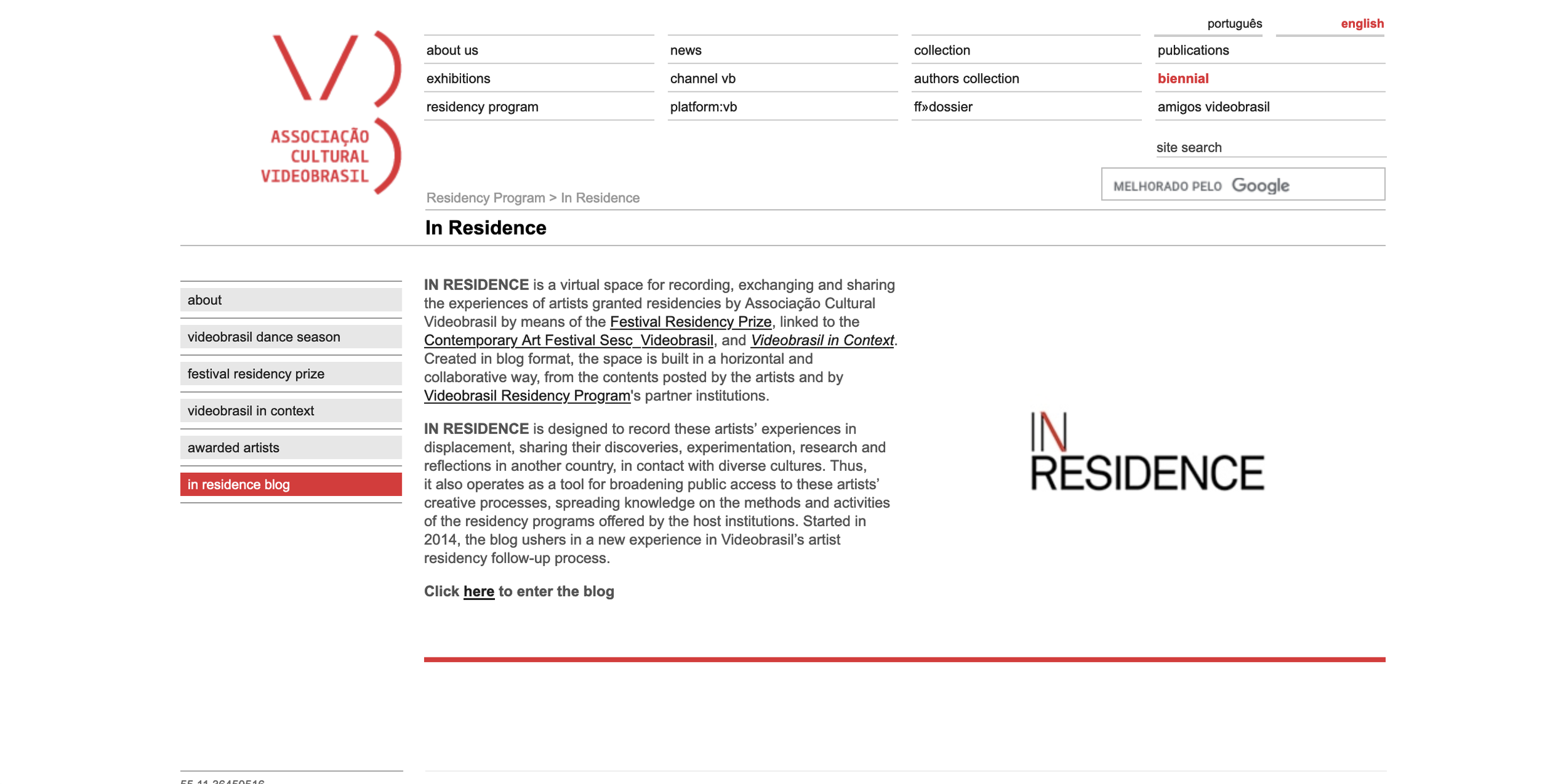Deconstructing colonial cinema with ethnographic fiction
Laura Huertas Millán in interview with Justine Smith, Hyperallergic, 2019
“My cinematic practice started with a series of films about the notion of exoticism, with a very critical look toward anthropology’s iconography, which I found were rooted in colonial processes and narratives. Looking at these constructions of ‘otherness,’ particularly the first accounts of European travelers in the Americas, I started to consider ethnography as a form of storytelling. This critical approach slowly shifted to a more nuanced one when I realized how contemporary anthropologists (some of them from the Global South) have integrated fiction into their discipline in order to decolonize it. ‘Anthropology is ready to fully assume its new mission of being the theory/practice of the permanent decolonization of thought,’ said Eduardo Viveiros de Castro. It’s in the ambivalence and paradox of ethnographic fiction, a process of both deconstruction and reinvention, that I have been developing my films in the past years.”
Technological Ecologies
World records Journal #7, October- December 2022
Edited by Counter Encounters
(Laura Huertas Millan, Onyeka Igwe and Rachael Rakes)
Ecology is an intrinsic framework of all encounters, one in which bodies and lands communicate and preserve a common memory. The works in this issue, which we have commissioned with three overarching themes in mind—1) cinema as a colonial technology of encounter; 2) other spaces of otherness; and 3) silences, absences and the activation of traces—deal with these complexities in different measures from different and unequal social, cultural, political and geographical locations across the globe.
With Animistic Apparatus, Teresa Castro, Mileidy Orozco Domicó, Olowailiy Green, Nelly Kuiru, Pablo Mora, Jeannette Munoz, Arjuna Neuman, Chr ystel Oloukoï, David Hernández Palmar, Elizabeth Povinelli, and Amado Villafaña.
Paraiso, research and diaspora in Stephanie Comilang’s work
Essay, 2022
in L’art de la recherche, Dazibao, 2022
“How does one write about the work of an artist who writes about her work herself? From the point of view of another artist known as a researcher? Moreover, what is an artist known as a researcher: in what way does she differ from being just an artist? An artist-researcher is probably not a historian, nor an art theorist. She is a practitioner, insofar as she produces works of art but accompanies this process with a discursive effort, born of historical, sociological, ethnographic, “scientific” inquiry and/or study. This does not apply to all artists—some still object, violently, to any link with rationality or any sort of science. With the artist-researcher, it is often difficult to distinguish where the research begins and ends or where the work begins and ends; it is even difficult to put down a clear definition of the artist- researcher. It is possible that this status is conditioned not only by the reality of her work but also by the institutional or political context in which it is developed, regardless of what her research and her artwork production may be. (...)”
The inverted forest
Essay, 2022
in Manual for a future desert, Mousse publishing, Beaux-arts de Nantes
“The desert and the forest seem to be imbricated, interdependent one another in the Earth’s ecosystem. Ancestral forest’s remains subsist in the desert’s soil in the form of hydrocarbon, and the desert is the terrible destiny of the forests assassinated by human hand. I’d like to consider the desert as the inverted horizon of the forest: every desert has a forest within, and every forest resists the potential desert in her. (...)”
Disappearing Operations
Le Journal des Laboratoires d’Aubervilliers, cahier A, 2017/2018
In “Disappearing Operations,” Laura Huertas Millán reflects on her family’s intergenerational traumas in Colombia before her departure, connecting her childhood memories of electricity rationing in Bogotá with her reading of Paul Virilio's text “The Aesthetics of Disappearance.” Virilio’s work delves into the impact of technological advancements on memory and bodily experience. Laura Huertas Millán intertwines this reflection with the creation of her alter ego, Arturo Lucia, and the historical figure of Catalina de Erauso to challenge gender stereotypes.
The Obsidian King
Written by Arturo Lucía, a transvestite alter ego invented by Laura Huertas Millán.
Commissioned by Raimundas Malasauskas, under the name Edward & Otto Pfaff, for Spike Art Quaterly, issue #50 WINTER 2017.
Order here

Celestial Bodies
Published in Terremoto Magazine, Issue 5 : Todas las Fiestas del Ayer, February 29, 2016
Laura Huertas Millán examines Chilean filmmaker Patricio Guzmán’s enquiry into the inscription of political history in nature within his recent film productions.

La Libertad / Freedom
Firstly published in Videobrasil´s IN RESIDENCE blog, May 2016.
Notes from La Libertad´s production journal.

Quiero un presidente
" Quiero un presidente" by Laura Huertas Millán is a reenactment-poem of the piece "I want a president" written by the artist Zoe Leonard in 1992 in response to the candidacy of poet Eileen Myles alongside George H.W. Bush, Bill Clinton, and Ross Perot. It was read as part of public collective actions in Bogotá in the run-up to the presidential election in 2018.
Published in the fanzine Fuuto, run by Astrid de la Chapelle
Missing Mythologies
Cahiers du post-diplôme Document et art contemporain, ÉESI, 2013
Laura Huertas Millán’s text “Missing Mythologies,” featured in the Cahiers du post-diplôme Document et Art contemporain, explores the birth of Colombian independence and the Western imitation in shaping a national identity. Millán traces her films’ foundational inspirations, from Oswald de Andrade’s anthropophagic manifesto to Nelson Pereira Dos Santos’ cinema, both pivotal in transforming the portrayal of indigenous communities and debunking colonial narratives.
Histoire d’un vampire
Cahiers du post-diplôme Document et art contemporain, ÉESI, 2013
In ‘Histoire d’un vampire’ (Cahiers du post-diplôme Document et Art contemporain), Laura Huertas Millán delves into the impact of cultural objects on the identity of fictitious Colombian writer Gloria Azcárate during her early 2000s expatriation in France, as well as her intimate relationship with annotated books, by evoking Francis F. Coppola's Dracula figure, who, upon arriving in London, needs to sleep in a coffin filled with his native soil to survive.











